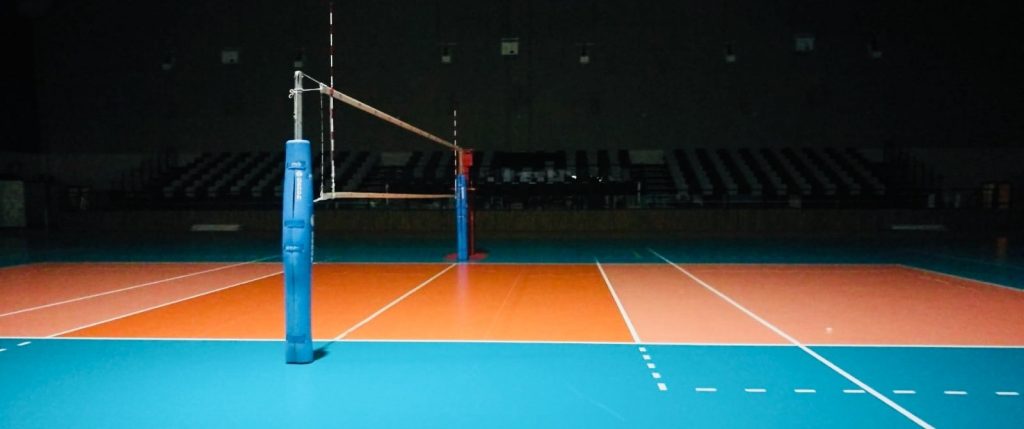As we near the end of the club volleyball season, a familiar issue resurfaces—the struggle of players who aren’t part of national teams. Unlike most team sports, volleyball operates under a unique and, frankly, frustrating structure: the season is split into two separate parts—club and national team competitions. The club season lasts about seven months, while the national team season takes up another five to six months.
At first glance, this might not seem like a big deal, but in reality, it’s a massive roadblock to the growth of the sport. Other team sports, like handball, basketball and football, blend club and national team competitions seamlessly, keeping players engaged throughout the year and ensuring constant media attention. That’s not the case in volleyball, and it’s hurting everyone involved.

The Off-Season Void: What Happens to Players?
With club seasons wrapping up, many teams have already played their last match. In some countries, certain club teams have already completed their campaigns, while a significant number of others will do so in the coming days. And then—nothing.
To cut costs, clubs have to shut things down, leaving players without structured training or competition for months. The harsh truth? Only about 20% of volleyball players get called up for national teams. That means around 80% of athletes are left in limbo—no matches, no team obligations, and often, no steady income. Unlike top-tier professional sports, volleyball isn’t lucrative enough for most players to earn enough in seven months to comfortably cover a full year’s expenses. Things like therapy, training, and even finding a place to practice suddenly become personal financial burdens. And all the while, these players are expected to stay in peak condition for the next season—on their own dime.
Clubs Are Struggling Too
It’s not just the players feeling the strain—clubs are suffering as well. A five-month gap in competition means fewer opportunities to secure sponsors and keep fans engaged. Other sports, with their year-round visibility, naturally attract more attention and investment. Volleyball, on the other hand, becomes a hard sell when half the year is a ghost town.
National federations need to recognize that clubs are the lifeblood of the sport. They develop future stars, build connections within communities, and keep the game alive at the grassroots level. Without strong clubs, there’s no pipeline for the next generation of national team players.
The Glamorous Finals Hide a Tough Reality
Sure, when the big finals roll around, everything looks great. Packed arenas, TV cameras, and thrilling matches make it easy to believe that volleyball is thriving. But behind the scenes, many clubs are just trying to survive.
Take Poland, for example. Last season, reigning Tauron Liga champions Chemik Police had to pull out of the CEV Champions League because of financial troubles. To stay afloat, they fielded a young, inexperienced team—and against all odds, they actually exceeded expectations. But their story isn’t unique. Similar financial struggles are popping up in Germany and other volleyball leagues, proving that the current structure just isn’t working.
What Needs to Change?
Volleyball’s governing bodies need to wake up. Without strong club competitions, national teams won’t have the talent pipeline they need. If we want to see this sport grow and compete with others, we need a better system. A longer, more integrated season—with club matches and national team windows woven together—would keep players active, attract more sponsors, and keep fans engaged year-round.
At the end of the day, clubs are the heart of volleyball. They’re where young players grow, where professionals sharpen their skills, and where communities rally behind their teams. If we don’t start prioritizing them, we’re holding the entire sport back.
- Brazil Set to Host 2025 Men’s and Women’s Volleyball Club World Championships in Grand Year-End Finale
- POL W: DevelopRes Rzeszów and PGE Budowlani Łódź Claim Dominant Wins
- POL M: Energa Trefl Gdańsk Defeats Ślepsk Malow Suwałki
- Rumors – Isabelle Haak Reportedly Set for Stunning Move to Galatasaray!
- BRA W: Mackenzie Scores First Win in the 2025/26 Superliga